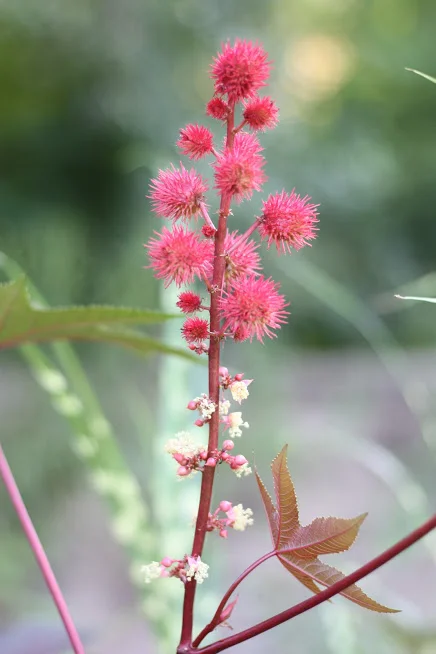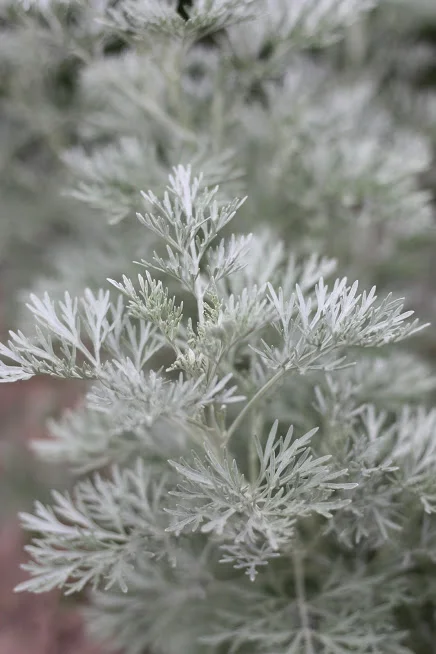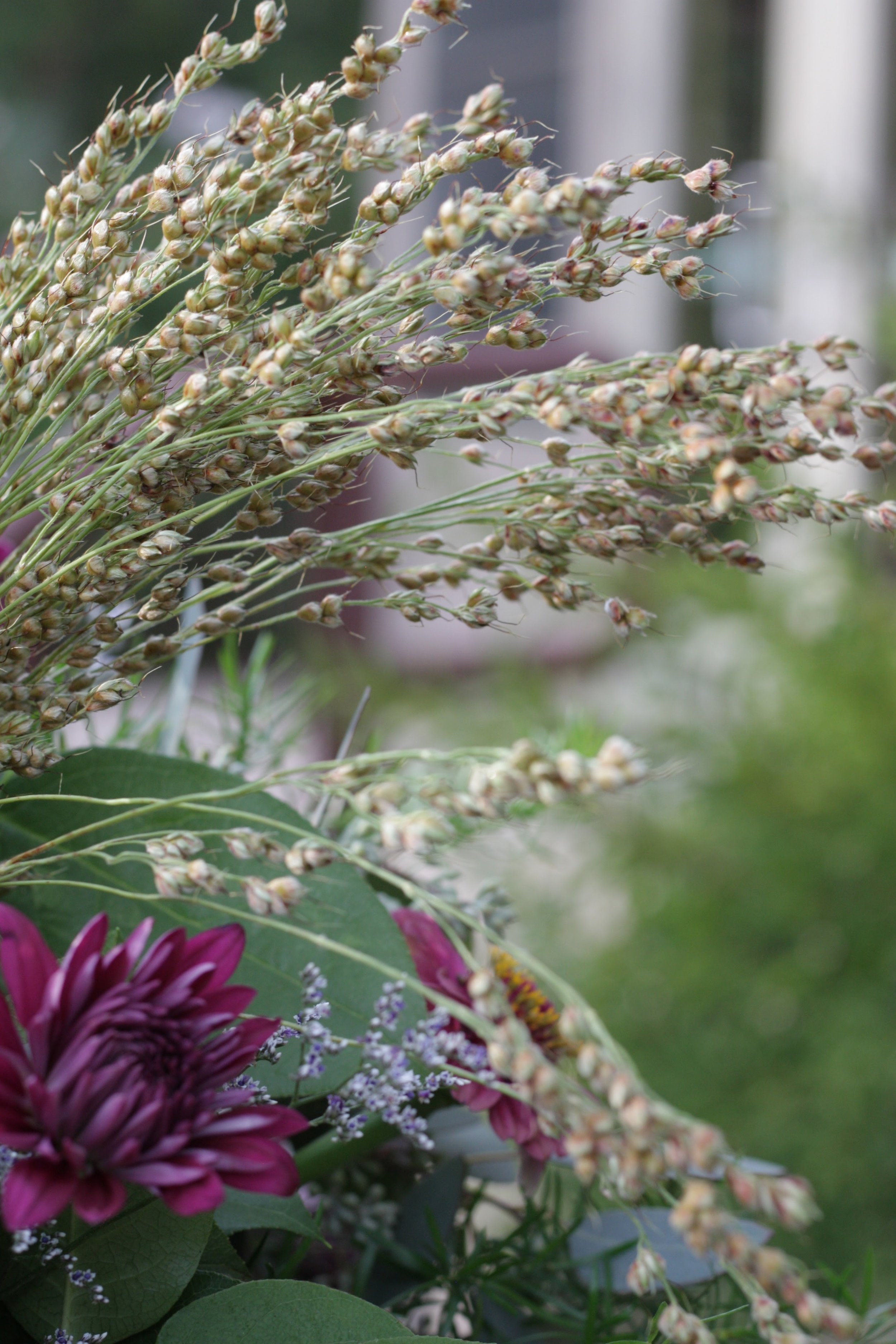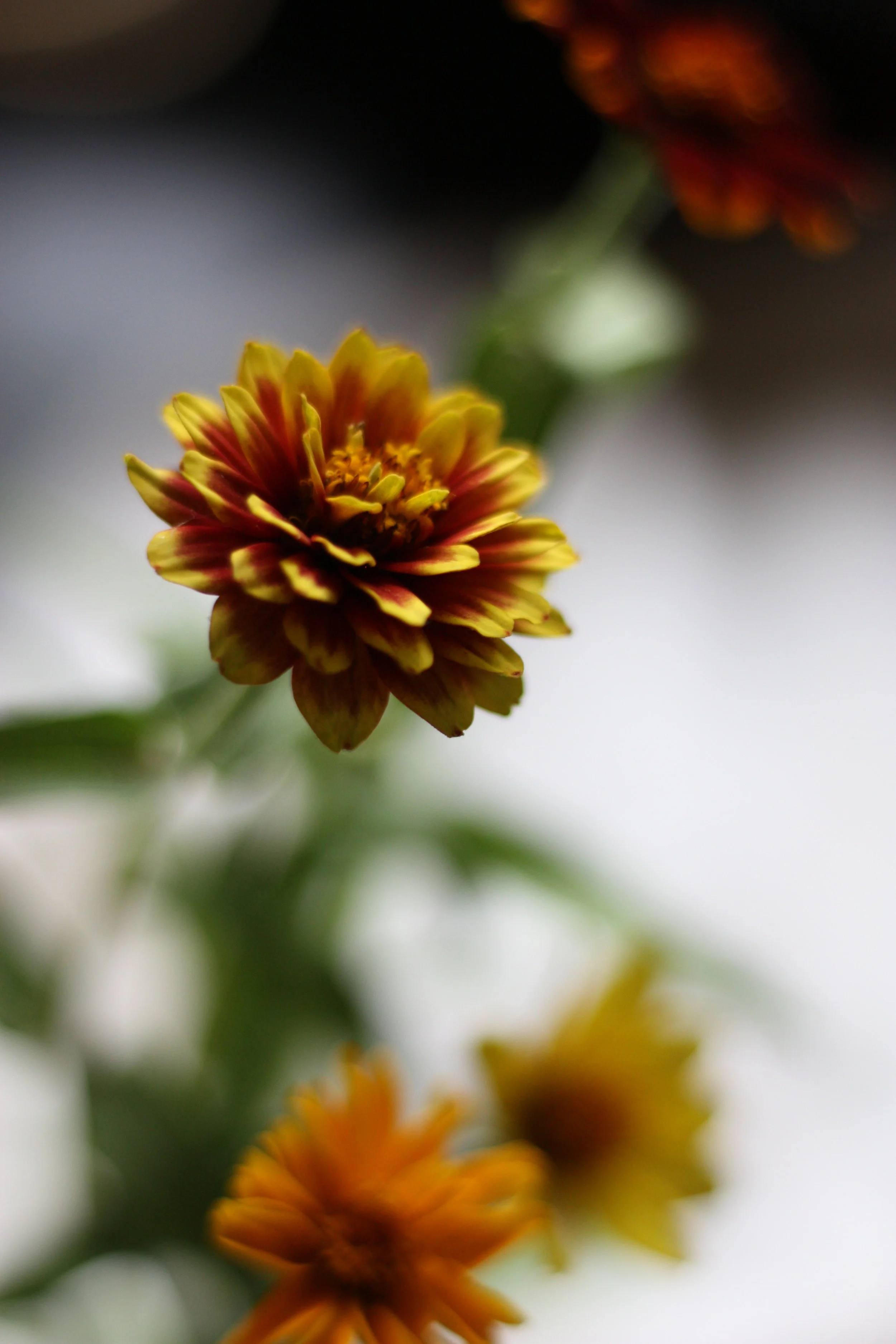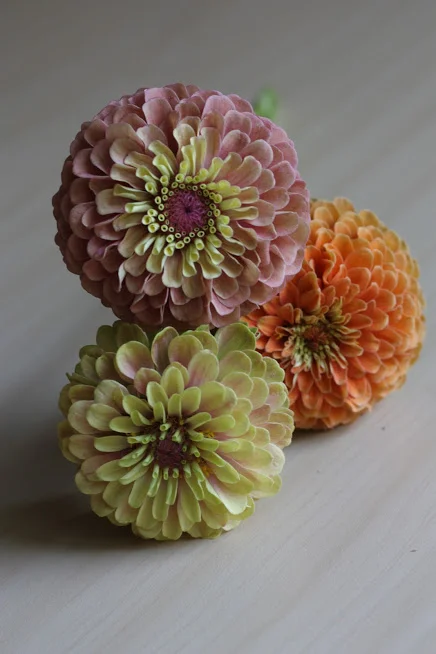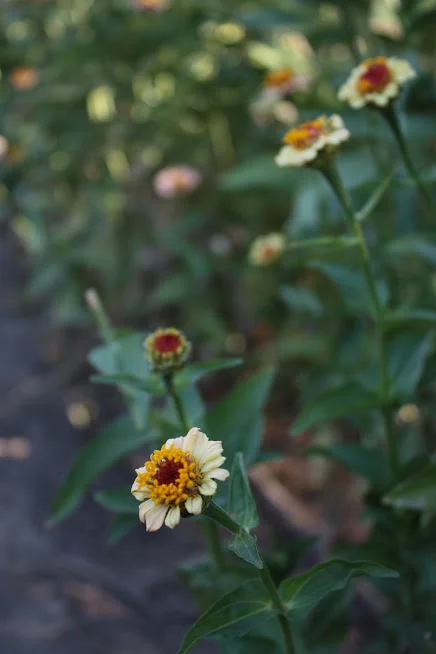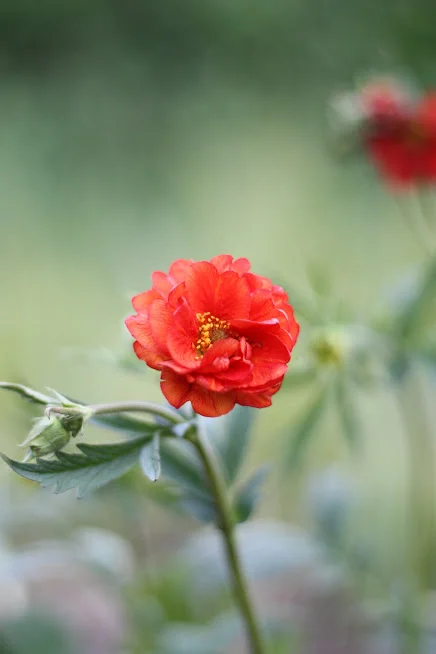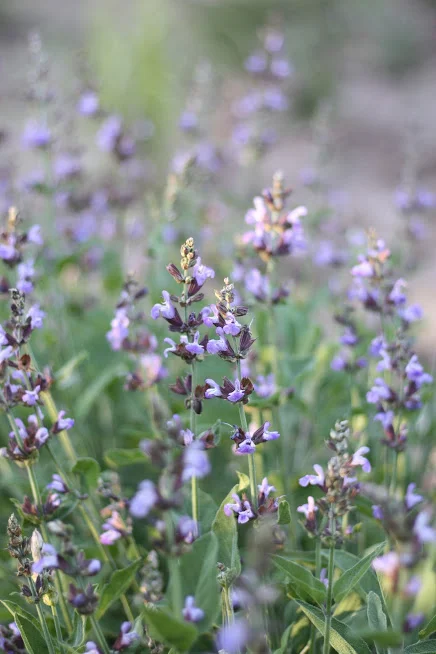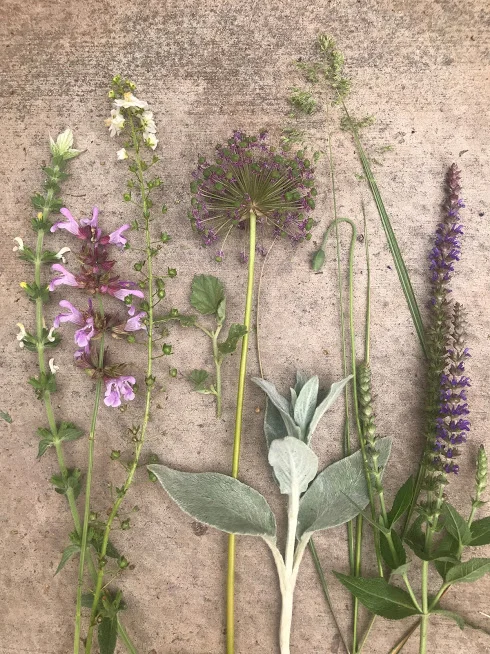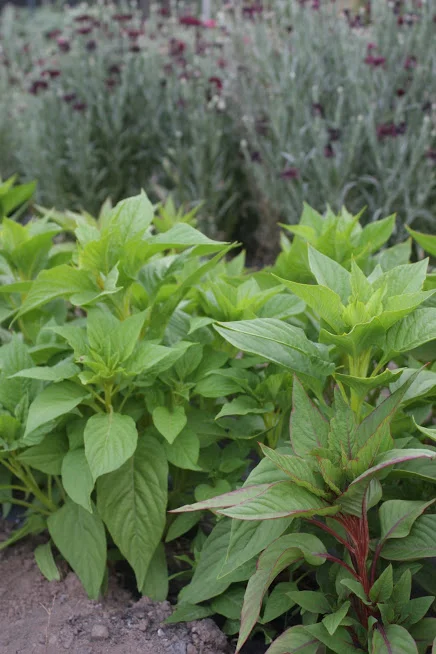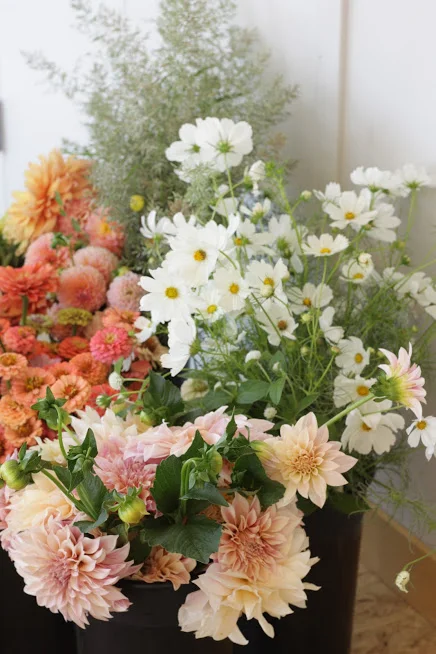Castor Beans are as beautiful as they are deadly
Ricinus communis is a popular plant for British borders and home gardeners over the world. Although four to eight seeds can kill an adult human, there’s a lot to love about this plant.
First and foremost is the fact that they are one of the most coveted and favorite materials for our local florists. Seriously, we sell out of every single stem that we can offer (minus the ones we keep for ourselves of course!) and we can never grow enough.
Secondly, castor beans offer a look and presence in our personal garden that is unrivaled by any other plant. It’s broad leaves offer an exotic and striking look that you can’t really get with most other plants - and the fact that it also has the potential to be so dangerous just adds to its appeal and mystique.
Read More